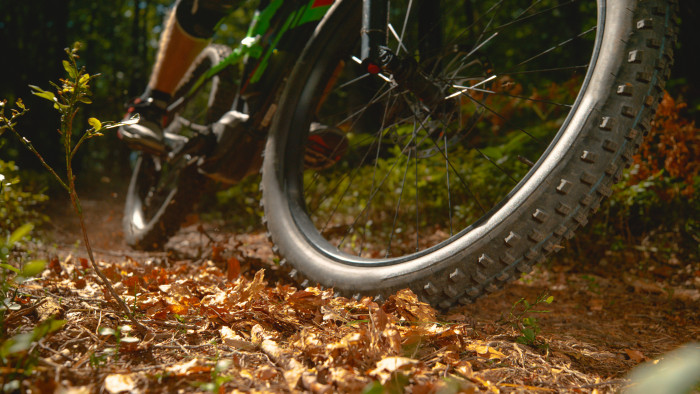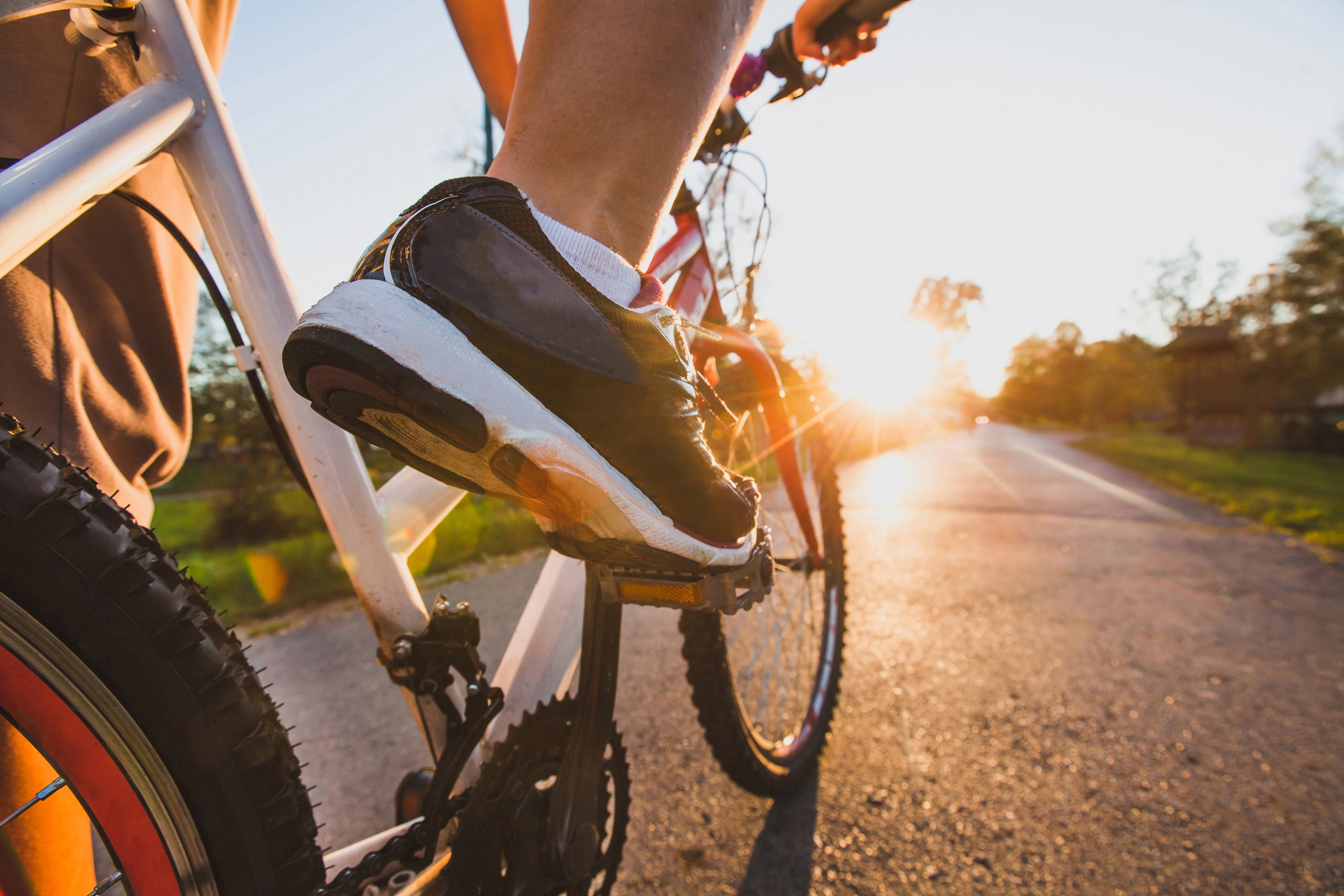
From Dry Lube to Damp Rides: Autumn’s Coming
Autumn brings cooler temperatures, shorter days, and more unpredictable riding conditions. It’s also the time when routine maintenance becomes a bit more important. Wet roads, fallen leaves, and increased grit can take a toll on your bike if you’re not prepared.
Here’s what to check, change or update to keep your bike running smoothly as the seasons shift.
1. Swap the Lube
Dry lube works well in summer but isn’t ideal once the roads get damp. It tends to wash off easily, leaving your chain exposed to dirt and moisture.
Switch to a wet lube — it’s more resistant to water and helps protect your drivetrain in harsher conditions. Just make sure to clean your chain thoroughly before applying it.
Tip: Degrease the chain first, apply wet lube sparingly, and wipe off any excess. A lube-heavy chain will attract more grit and slow you down.
Also consider carrying a small bottle with you if you're out on longer or multi-day rides — autumn conditions can strip lube faster than you expect.
2. Check Tyres and Pressure
Grip becomes more important in autumn, especially when leaves, mud, and surface water are involved.Lower your tyre pressure slightly to increase the contact patch and improve grip on wet surfaces. Just be careful not to go too low if you’re on the road — pinch flats are still a risk.
- Switch to grippier or wider tyres if your current setup feels twitchy or unstable. A file tread or light knobbed pattern can offer more control without feeling sluggish.
- Inspect tread depth and sidewalls — worn tyres can quickly become dangerous on wet or leaf-covered roads.
- And yes, mudguards. Not the most exciting upgrade, but hugely helpful. They keep you drier, protect your drivetrain, and stop that lovely line of road spray up your back.
3. Inspect Your Brakes
Brake performance can drop quickly in wet or gritty conditions. Regular inspection is essential.
- Check brake pads weekly if you’re riding regularly. Grit wears them down faster than dry summer conditions.
- Look for glazing or uneven wear — these can reduce braking power and cause noise.
- Clean your brake surfaces after each ride, especially if you're using rim brakes. Use a cloth or dedicated cleaner for rotors if you're on discs.
You don’t need to overhaul your whole braking system — just keep it clean and don’t ignore the warning signs (like squealing or fading response).
4. Sort Out Your Lights
As daylight hours reduce, lights become essential — not just for night rides but also during early mornings, late afternoons, and overcast days.
- Use front and rear lights, even on daytime rides. Flashing modes can help you stand out in low light.
- Choose USB-rechargeable options for ease, and keep spares charged if you ride often.
- Consider mounting a second rear light — one on your seatpost and one on your bag or helmet — for better visibility at different angles.
It’s a small detail that can make a big difference, especially when visibility drops suddenly.
5. Quick Rider Comfort Check
A few changes to your kit can make autumn riding much more comfortable. It doesn’t need to be a full winter wardrobe — just enough to keep you warm and dry when the weather turns mid-ride.
- Lightweight waterproof jackets or gilets
- Windproof gloves and full-finger options
- Waterproof socks or overshoes — game changer on cold, wet roads
- Buff or neck warmer for extra wind protection without bulk
Small upgrades here can mean fewer stops, less faffing, and a more enjoyable ride.
6. Cleaning and General Maintenance
One of the biggest differences between summer and autumn riding is the amount of cleaning your bike will need.
- Rinse off mud, leaves, and grit after wet rides — especially from around the bottom bracket, derailleur, and brake areas.
- Use a soft brush to get into awkward spots, and avoid pressure washers which can push water into bearings.
- Check your drivetrain regularly. If your cassette, chainrings, or jockey wheels are building up grime, give them a proper degrease and clean.
- Keep an eye on rust — especially on bolts, chain, and brake cables.
A few minutes with a brush and cloth after a ride can save hours of workshop time (and money) later on.
Pro tip: Keep a bucket, brush, and sponge near where you store your bike — you’re far more likely to do a quick clean if it’s easy to reach.
Final Thoughts
Autumn doesn’t require a full rebuild or a long shopping list — just a few key changes and more consistent maintenance. A little prep now will make all the difference as the weather turns.
